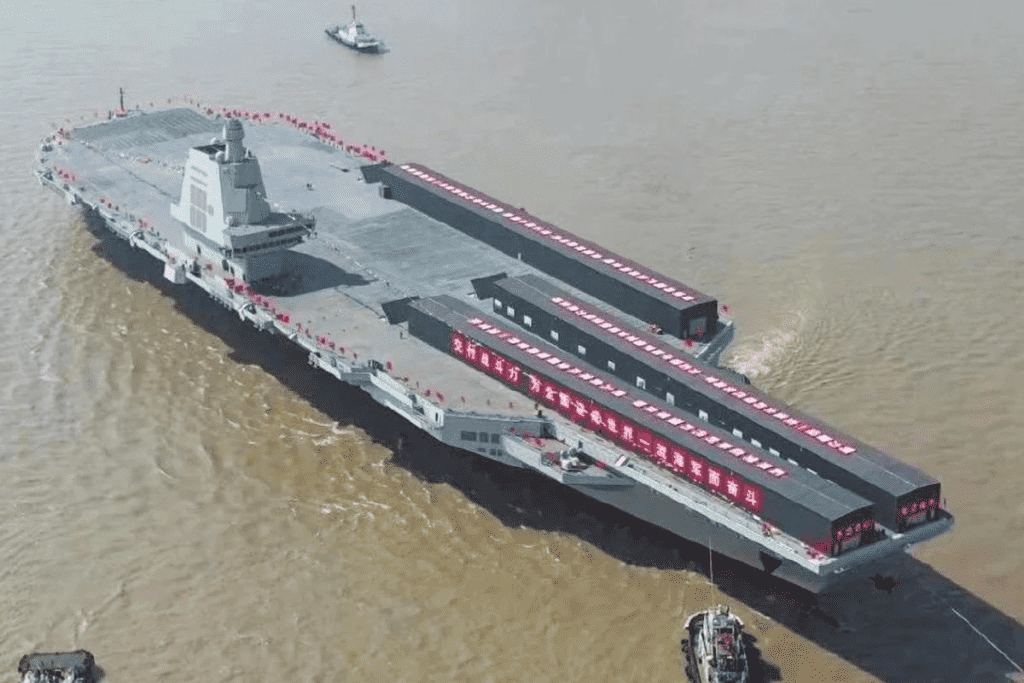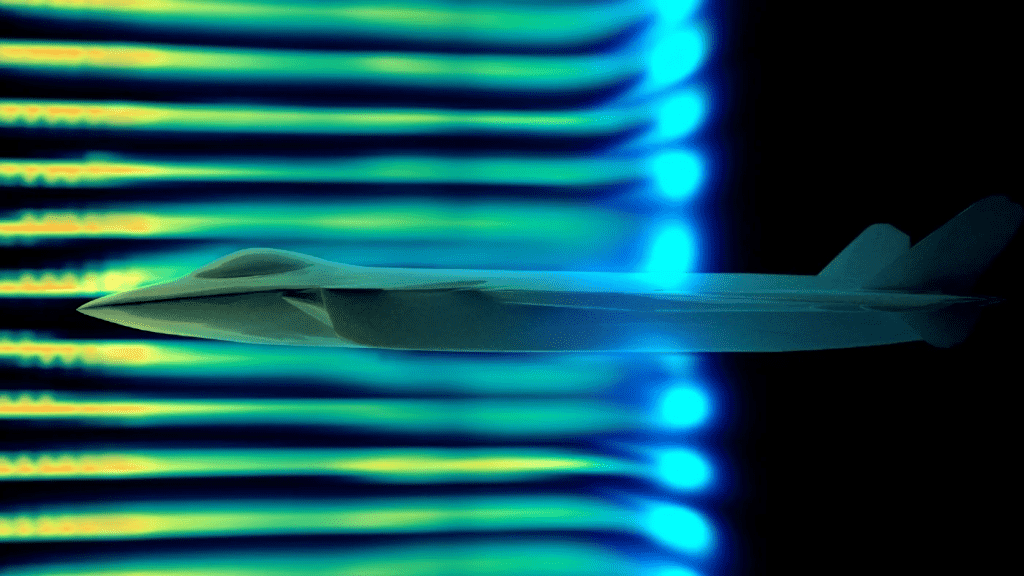China has claimed that its aircraft carriers could use hypersonic missiles due to advances in logistics technology, the latest demonstration of Beijing’s expanding naval power and dominance.
Due to the new technology, Beijing can repair and maintain hypersonic weapons more easily and quickly.

China’s naval forces are now spearheaded by a fleet of three aircraft carriers, with more on the way. The most recent, Fujian, is outfitted with a powerful electrically operated catapult capable of launching a larger capacity aircraft.
Hypersonic weaponry will be used by the aircraft carrier’s jets. According to Xiao Jun of the China Airborne Missile Academy in Luoyang, Henan province, “these [weapons] can go after a wide variety of high-value targets in the air or on the surface and can be deployed as anti-satellite weapons.”

According to a paper published in the Aero Weaponry, a team led by Xiao stated that Beijing’s unannounced air-launched hypersonic weapons are similar to Russia’s Kinzhal missile.
According to reports, the Chinese missile has a range of over 1,000 kilometers and can move at ten times the speed of sound.
However, the report does not go into detail about the air-launched missile. According to an earlier claim by the EurAsian Times, the Chinese navy released a video in April showing the YJ-21 anti-ship hypersonic missile being fired from a warship.
“Russia’s hypersonic missile carrier aircraft is MiG-31, which is much larger than the J-15 fighter. The J-15 fighter plane takes off by gliding only on the aircraft carrier, which makes it challenging to carry hypersonic missiles, said Guodong Chen, a China-based defense analyst.
“Hypersonic missiles are costly and have low hit accuracy in the atmosphere, which has been proved in Ukraine,” he said. As a result, hypersonic missiles are unsuitable for tactical attacks. Instead, it is suited for intercontinental ballistic missile reentry vehicles to bypass anti-missile defenses.”
“The importance of hypersonic missiles is to avoid interception, not to be competent for precision attack. The speed of the anti-satellite missile is very high, and it focuses on space beyond the atmosphere. Hypersonic missiles mainly fly in the atmosphere,” Guodong added.
Nonetheless, with an air-launched hypersonic weapon, China might extend its carrier fleet’s engagement range to more than 2,500 kilometers, or nearly from Taiwan’s east coast to Guam, according to the report. It may also aid the country in defeating most air defense systems with lightning-fast air strikes.

Although there haven’t been any instances of hypersonic technology being employed aboard an aircraft carrier, it’s thought that they are more challenging to handle or maintain than conventional missiles, especially at sea.
The technology would be used to support “a great number of airborne missile systems that are extensively disseminated in inland military stations, coastal airports, and aircraft ships in the far sea,” according to current reports.
With these technological advances, China may now attack key US military installations in the area, including Guam, without worrying about the US’s strong air defenses.


